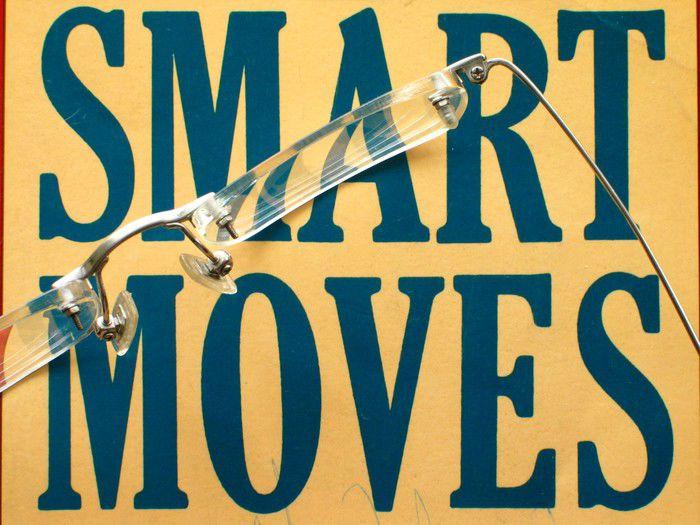
If you’re not already receiving regular Social Security payments, you probably will be one day, and if you want to be smart about it by reaping as much as you can, don’t simply leave things up to chance.
The income you’ll receive from Social Security isn’t set in stone — there are things you can do and decisions you can make today that will determine the size of your eventual benefit checks. Here are three smart Social Security moves you should make.
No. 1: Don’t count on Social Security to support you
For starters, don’t assume that Social Security will be enough, or almost enough, to support you in retirement. The program was designed to replace about 40% of pre-retirement income, though that percentage will vary a bit depending on your income level.
Despite the purpose of Social Security being a savings supplement, since many Americans retire with far less money than they need, Social Security becomes a vitally important income source for many. According to the Social Security Administration (SSA), 21% of married elderly Social Security beneficiaries and 44% of unmarried ones get 90% or more of their income from the program, while 48% of married elderly Social Security beneficiaries and 69% of unmarried ones get 50% or more of their income from it.
So what, exactly, can you expect to collect? Well, the average monthly Social Security retirement benefit was recently $1,467, or about $17,600 annually, but you’ll collect more if your earnings history puts you above average. Still, it won’t be a princely sum: The maximum monthly benefit for those retiring at their full retirement age (FRA) in 2019 is $2,861 — $34,000 for the year.
You’ll likely need additional income from your own savings in tax-advantaged retirement accounts and brokerage accounts, or, additional sources like pension income, fixed-income investments, or annuities. You may even need to work in retirement to make ends meet, but be sure to know about the earnings test if you plan to continue earning wages while you collect benefits.
No. 2: Aim to beef up your benefits
To get the most precise estimate of how much you can expect to collect from Social Security, set up a “my Social Security” account on SSA.gov, if you haven’t already. Once you log in, you can view the SSA’s record of your income and taxes paid into the Social Security system, along with estimates of your future benefits. It’s good to check those records regularly, to make sure your earnings and taxes paid are correct. If they’re not, you might end up receiving smaller benefit checks than you’ve earned.
Meanwhile, there are a handful of ways for you to increase your Social Security benefits.
Start with the age you’ll start claiming benefits. You can collect benefits as early as age 62 and as late as age 70. For every year you delay collecting beyond your full retirement age (FRA), which is 66 or 67 depending on your birth year, your benefits are boosted by 8% — until age 70. So delaying from age 67 to 70 can make your checks about 24% fatter — enough to turn a $2,000 monthly check into a $2,480 one.
Of course, if you start collecting early, your benefit checks will be smaller — but don’t dismiss the possibility of collecting early. Yes, the checks will be smaller, but you’ll get many more of them. The system is designed so that people who live average-length lives will collect about the same amount no matter when they start collecting. For many people, it can actually be best to start collecting at age 62.
You can also aim to work for at least 35 years, because the formula that computes your benefits is based on your earnings in your 35 most profitable years (inflation-adjusted). If you only earned income during 29 years, the formula incorporates six zeros, which results in smaller checks than you would have received otherwise.
You also want to have as many high-earning years as possible. If you’re currently earning much more than you have in the past (on an inflation-adjusted basis), even if you’ve already worked 35 years, you might consider working for another year or two, as each high-earning year will kick out a low-earning year, which in turn boosts your benefits which are based on average indexed monthly earnings (AIME).
No. 3: Coordinate plans with your spouse
Finally, be sure to coordinate your Social Security strategy smartly with your spouse. Depending on each of your ages and your earnings histories, there are various strategies you could employ.
For example, the lower-earner starts collecting sooner, while the higher earner delays collecting the benefits. That allows those already-larger benefits to swell larger, and gives the two of you some income earlier, while you wait for the bigger checks to come later. Also, should one of you pass away, the other will be able to collect the higher benefit of the two, and having made one as large as possible will be helpful.
The more you learn about Social Security, the more you might get out of it — and that could make a meaningful difference in your retirement.
